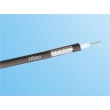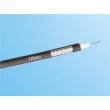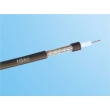An organization with the University of California at North park published a paper anyway today that describes a new way of making lasers less space-consuming than at any time. The technique enables low-power lasers small compared to one micron in diameter. An individual hair is concerning 600 microns wide and air-borne particles for instance pollen are as small as 10 microns.
The advance in creating a low-power laser presents you with many applications, according to the UC Hillcrest team. Nanolasers may very well be accustomed to send data across optical computer chips or perhaps in the building of high-resolution displays and microscopic biosensors that produce images of viruses and DNA molecules. The lasers may be use to analyze and produce metamaterials that scatter light to create objects invisible.
The challenge with making really small lasers have been the volume of power required to generate a sustained ray of light. To obtain for this "threshold" degree of energy, the UCSD team created a laser using a similar structure to your RG6U Coaxial Cable.
This tiny coax, or "nanocavity," is a metal rod encased by a semiconductor material. The building avoids the electromagnetic effects normally caused by as of this scale, enabling smaller laser resonators. The lasers is usually comparable in space the wavelengths of light they produce, according to the researchers.
The lasers produced for their experiments aren't about to appear in DVD players or computers any time soon. The study are still checking theory behind laser construction only at that scale and looking out potential applications.







